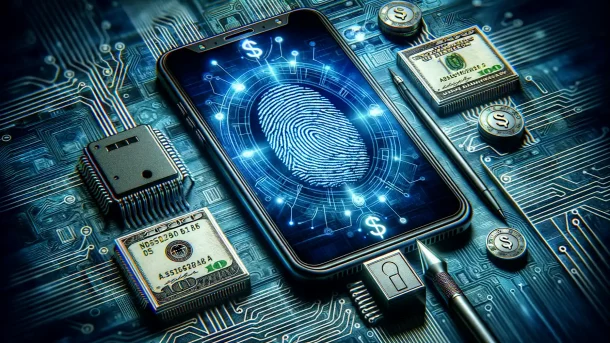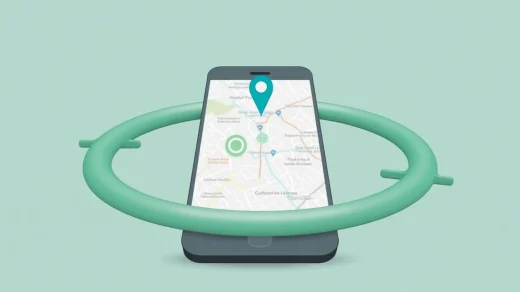Understanding the Importance of Biometric Authentication in Mobile Payments
Why Biometrics Are Reshaping Mobile Payments
Picture this: You’re rushing to grab your morning coffee, juggling your phone and wallet, only to realize—your wallet’s sitting on the kitchen counter! Enter the magic of mobile payments paired with biometric authentication. With just a glance or the tap of a finger, you’ve paid and are out the door. But here’s the real kicker—behind that instant convenience is an incredible layer of security.
Biometric authentication isn’t just high-tech flair; it’s all about safeguarding what matters most. Unlike PINs or passwords that can be forgotten, shared, or hacked, your unique traits—like fingerprints, facial features, or even your voice—are impossible to replicate. Think of it as your personal, built-in security system.
And it’s not just about protection; it’s about trust. Whether you’re shopping for groceries or booking a flight, the seamless integration of biometrics inspires confidence. Consumers today expect more than speed; they demand peace of mind.
- Unforgettable security: No one else has your face, fingerprints, or voice pattern.
- Effortless access: Say goodbye to juggling long passwords or worrying about being hacked.
- Stronger trust: Businesses gain loyal customers by ensuring privacy and safety.
Biometrics aren’t just the future—they’re your invisible bodyguard, right here, right now.
How Biometric Authentication Works in Mobile Payment Applications
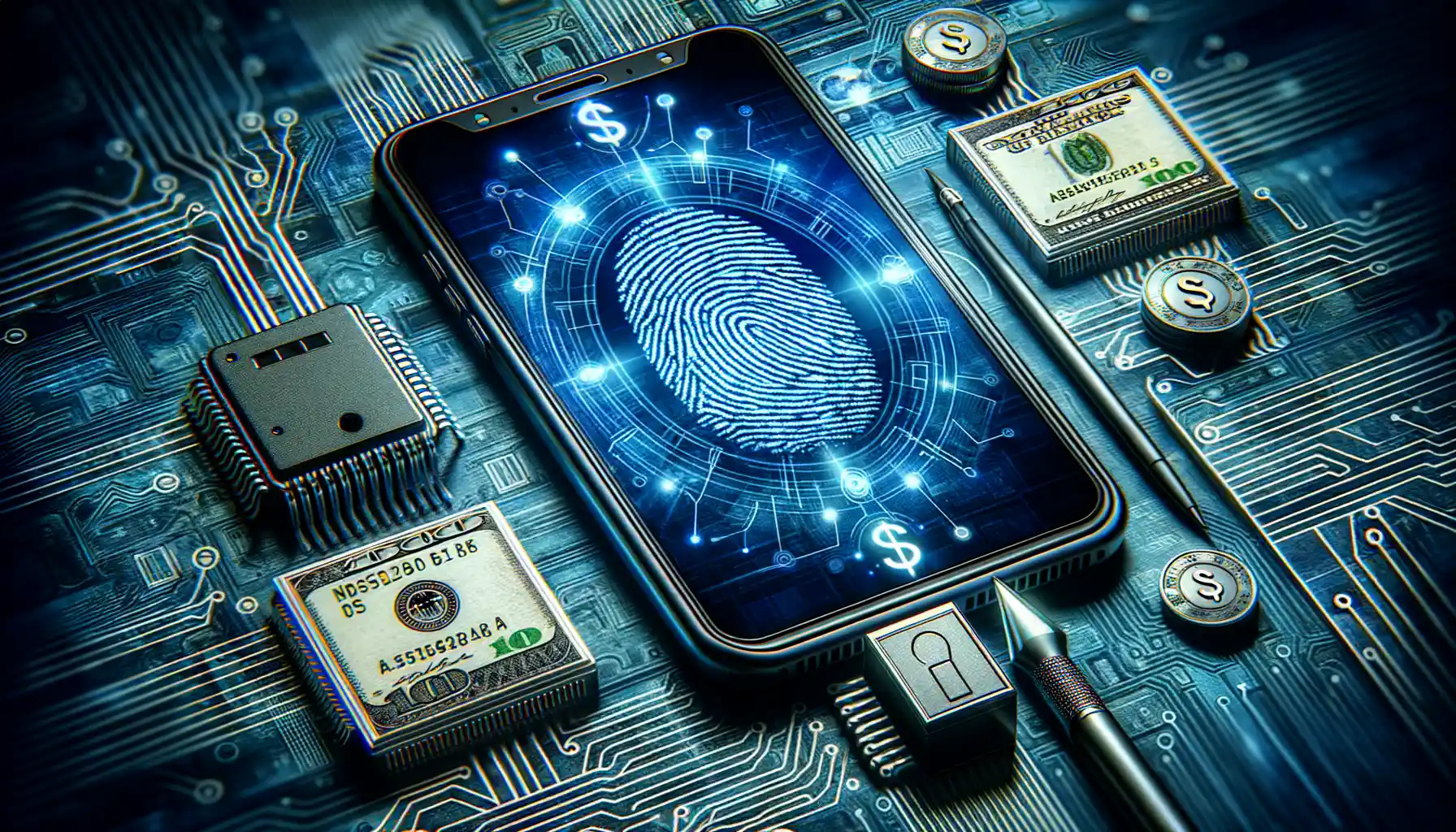
Cracking the Code: What Happens When You Use Biometrics?
Imagine this: you’re standing at the checkout counter, your coffee in one hand, your phone in the other. A quick scan of your fingerprint or a glance at your face, and—bam!—your payment is approved. So, what’s happening behind the scenes? Let’s pull back the curtain.
Biometric authentication starts by capturing *you*. Whether it’s your fingerprint, face, or even your voice, the app registers these unique characteristics during setup. But don’t worry—your data isn’t stored as a selfie or a fingerprint picture. Instead, it’s converted into a super-secure mathematical representation. Pretty cool, right?
When you go to make a payment, here’s the magic:
1. The app compares the live scan of your fingerprint or face to the encrypted data stored on your device.
2. If it’s a perfect match, access is granted. No match? No dice.
And here’s the kicker: this all happens in a heartbeat. Behind the app’s sleek design, advanced technologies like *machine learning algorithms* analyze and verify your biometrics with lightning speed and jaw-dropping precision. It’s seamless security, fine-tuned to feel effortless.
Key Benefits of Biometric Security for Mobile Payment Apps
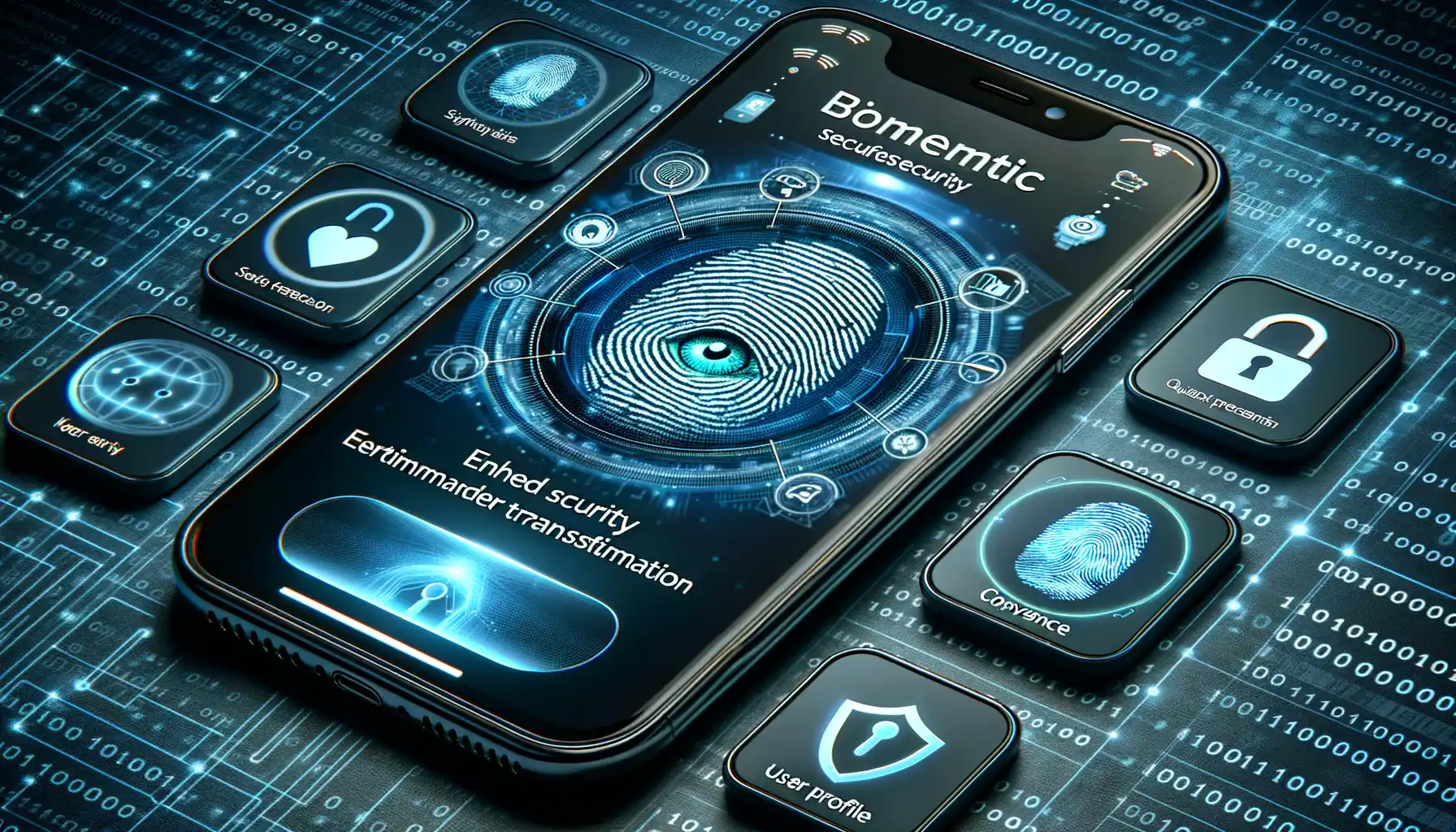
Why Biometric Security Feels Like Magic for Mobile Payments
Imagine this: You’re at your favorite café, ready to check out. No digging for your wallet, no fumbling with passwords. Just one touch of your fingertip or a quick glance, and it’s done. That’s the kind of seamless experience biometric authentication brings to mobile payment apps. It’s not just convenient—it feels like something straight out of a sci-fi movie.
But here’s the real magic: it’s not just easy; it’s secure. Because your fingerprint, face, or even your voice is uniquely yours, impersonation becomes nearly impossible. And unlike passwords that can be guessed or stolen, your biometric data stays with you—constantly protected, constantly part of who you are.
The Standout Perks You’ll Love
So, why are people raving about biometrics? Let’s break it down into the benefits that truly matter:
- Lightning-fast logins: Forget frustrating PINs! Just tap, scan, or speak, and you’re in.
- Fewer forgotten passwords: Because, hey, there aren’t any to forget.
- Enhanced security: Hackers can’t steal your eyes or fingerprints (thankfully!).
- Ease of mind: No more worries about someone snooping your passcode over your shoulder.
Biometrics doesn’t just protect your transactions—it revolutionizes how you interact with technology, making every payment feel like second nature but with rock-solid security at its core.
Challenges and Limitations of Using Biometrics for Security

When Biometrics Aren’t as Foolproof as They Seem
Biometric authentication feels cutting-edge—using your face or fingerprint to unlock something instantly makes you feel like a secret agent. But even the slickest technology has some frustrating flaws hiding under the hood.
First, let’s talk about the elephant in the room: false positives and negatives. No system is perfect. Imagine being locked out of your mobile payment app because it suddenly doesn’t “recognize” your face after a bad lighting day or, worse, because you’ve just grown a mustache. On the flip side, a poorly calibrated system might mistakenly accept an imposter’s fingerprint because it’s a close enough match. Scary, right?
Then there’s the issue of permanence. Unlike passwords, biometrics can’t be reset. If your fingerprint data is stolen, you can’t exactly grow a new finger. This brings up major concerns about data breaches and security risks. With cybercriminals forever hunting new targets, compromised biometric templates could spell disaster for users.
- Accessibility issues: What if someone has a scar on their fingertip or a fading voice due to illness?
- Hardware limitations: Face scanners that struggle in the dark or fingerprint readers that cringe at sweaty hands.
The tech is undeniably cool, but it’s not invincible.
Best Practices for Implementing Biometric Authentication in Payment Apps
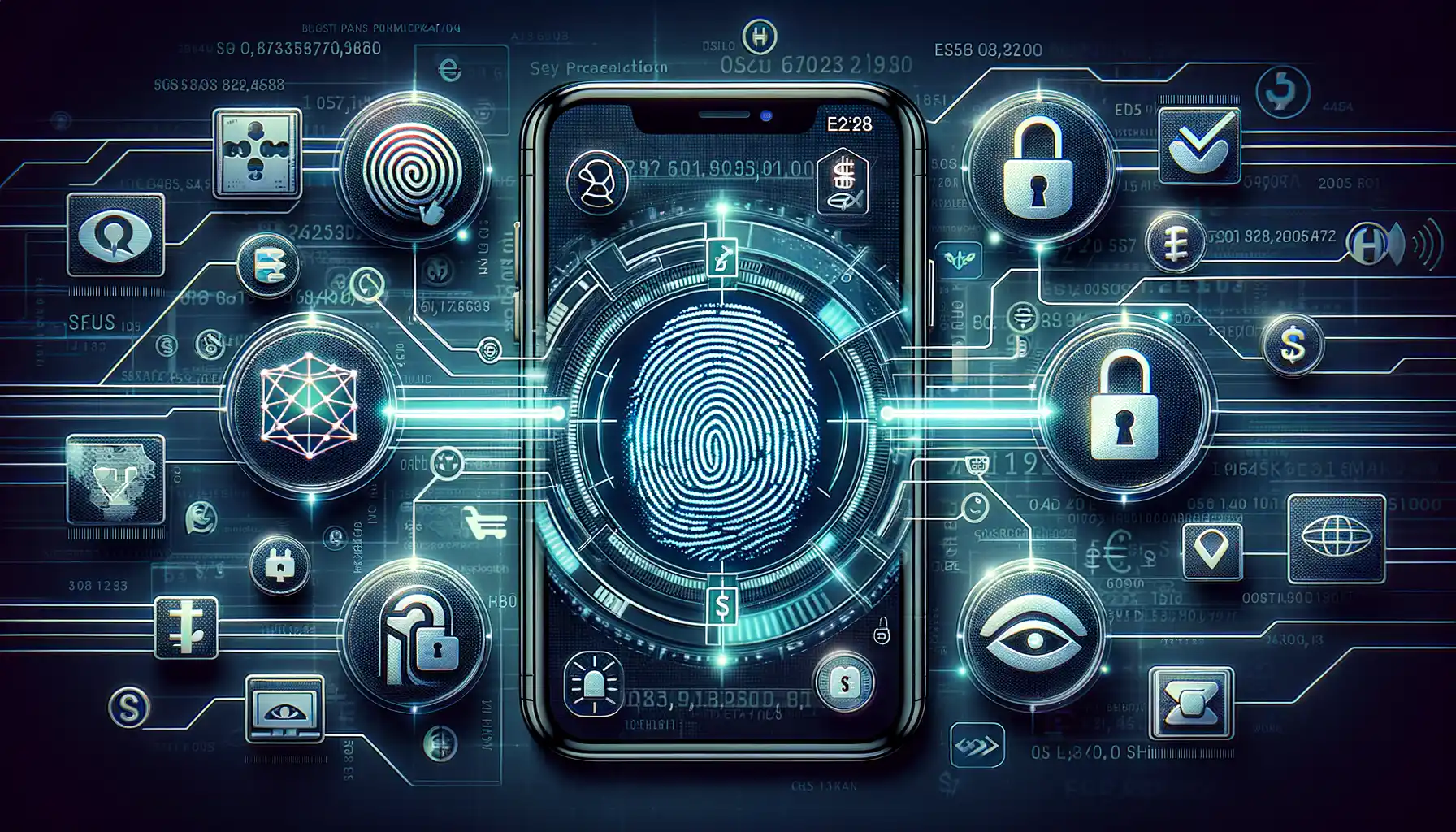
Designing a Frictionless Yet Secure User Experience
When integrating biometric authentication into payment apps, you’re walking a tightrope: balancing ironclad security with a seamless user experience. Think about it – no one wants their thumbs or faces endlessly rejected while trying to pay for their morning coffee! Focus on usability without compromising safety.
Here’s a golden rule: Make it fast, but fail gracefully. If the biometric scan doesn’t work (say someone’s wearing gloves), your app should offer an effortless fallback, like a PIN or password. Users shouldn’t feel like they’re solving puzzles just to buy groceries.
Another secret? Diversify the biometrics you support. Fingerprints are classics, but why not embrace facial recognition or even voice ID? This inclusivity ensures everyone, from busy parents juggling groceries to professionals on the go, can access your app with ease.
Ensuring Privacy and Trust
Never forget: your users are entrusting you with literal pieces of themselves – their fingerprints, faces, voices. Treat this data like treasure.
Want loyalty? Respect their privacy like it’s sacred.

